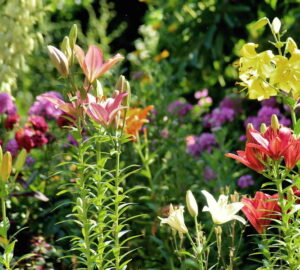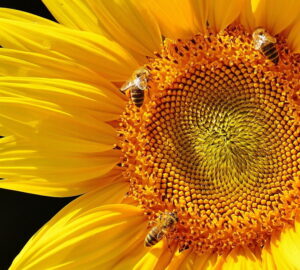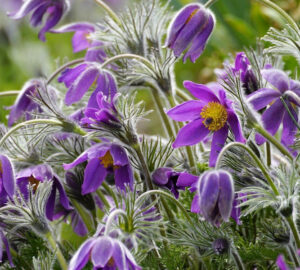Welcome to the world of bergamot, a captivating flowering plant also known as beebalm (Monarda). In this article, we will explore the enchanting qualities of bergamot, its stunning varieties and essential tips for cultivating this vibrant herb in your garden, whether you’re a seasoned horticulturist or just beginning your green-thumb journey.
Bergamot is a lovely flowering plant that is known for its attractive clusters of vibrant flowers and aromatic foliage. It belongs to the Monarda genus, which includes several species and cultivars. The most common species used in gardens are Monarda didyma (scarlet beebalm) and Monarda fistulosa (wild bergamot). Here are some key points to know about growing bergamot:
Planting Requirements
Bergamot thrives in full sun to partial shade, although it tends to produce more flowers in sunny locations. It prefers moist, well-draining soil, but it can tolerate a variety of soil types. Before planting, make sure to prepare the soil by removing weeds and loosening it to improve drainage.
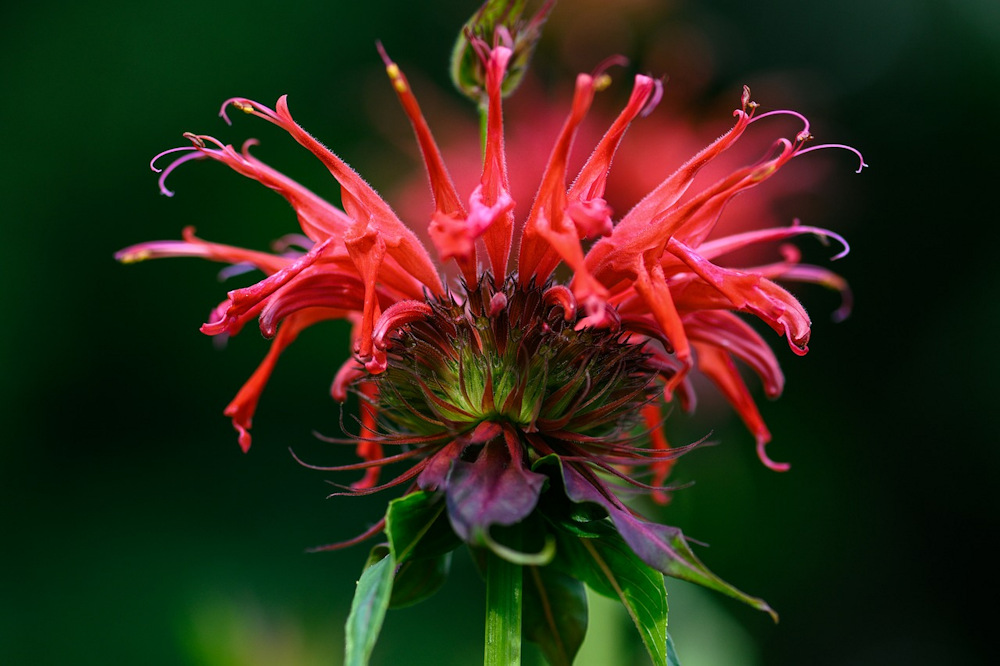
Watering
Water bergamot regularly, especially during dry spells, to keep the soil evenly moist. Avoid overwatering, as excessive moisture can lead to root rot.
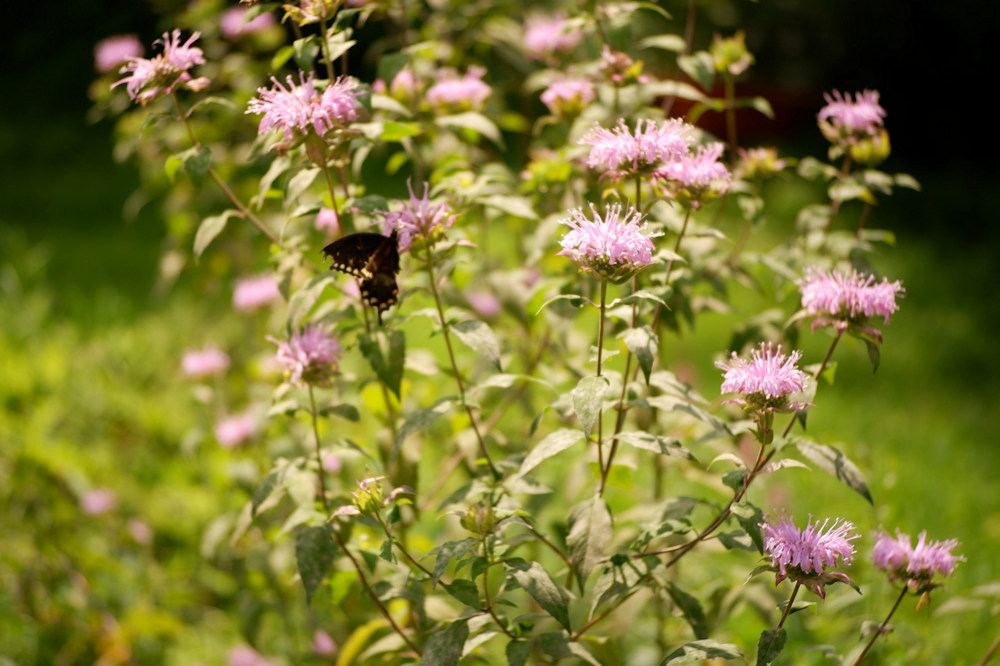
Propagation
Bergamot can be propagated from seeds, divisions or stem cuttings. Seeds can be sown directly in the garden in early spring or started indoors 6-8 weeks before the last frost date. Divisions can be made in spring or fall by separating the plant into clumps and replanting them. Stem cuttings can be taken in early summer and rooted in a moist potting mix.
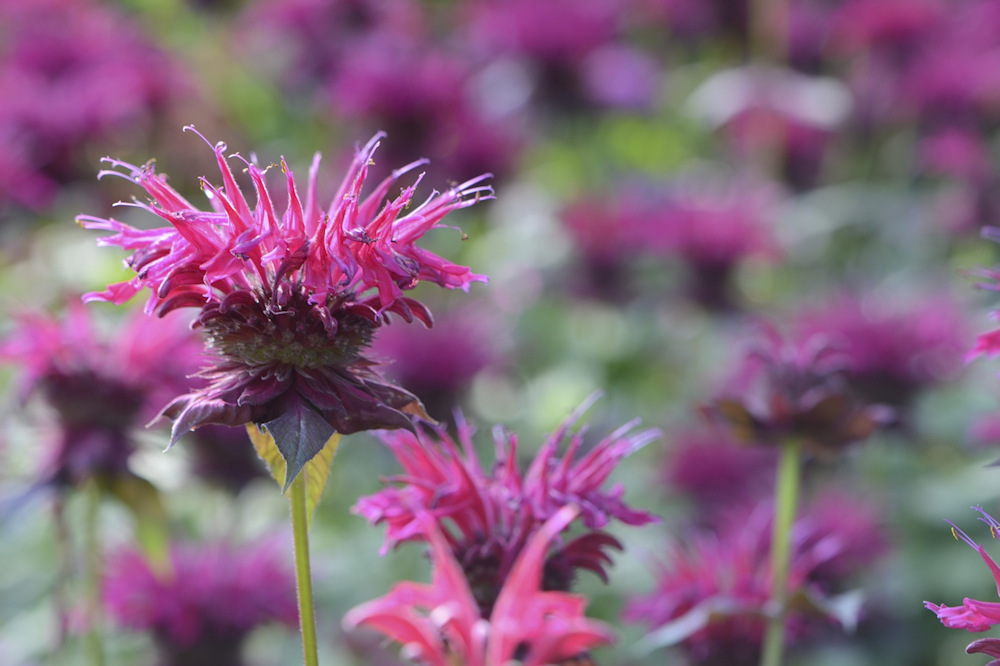
Maintenance
Deadheading (removing spent flowers) can encourage more blooms and prevent self-seeding, as bergamot has a tendency to spread. Cut the stems back to the ground in late fall or early spring to promote fresh growth. Watch out for common garden pests like aphids or powdery mildew, and treat them with appropriate organic pest control methods if needed.
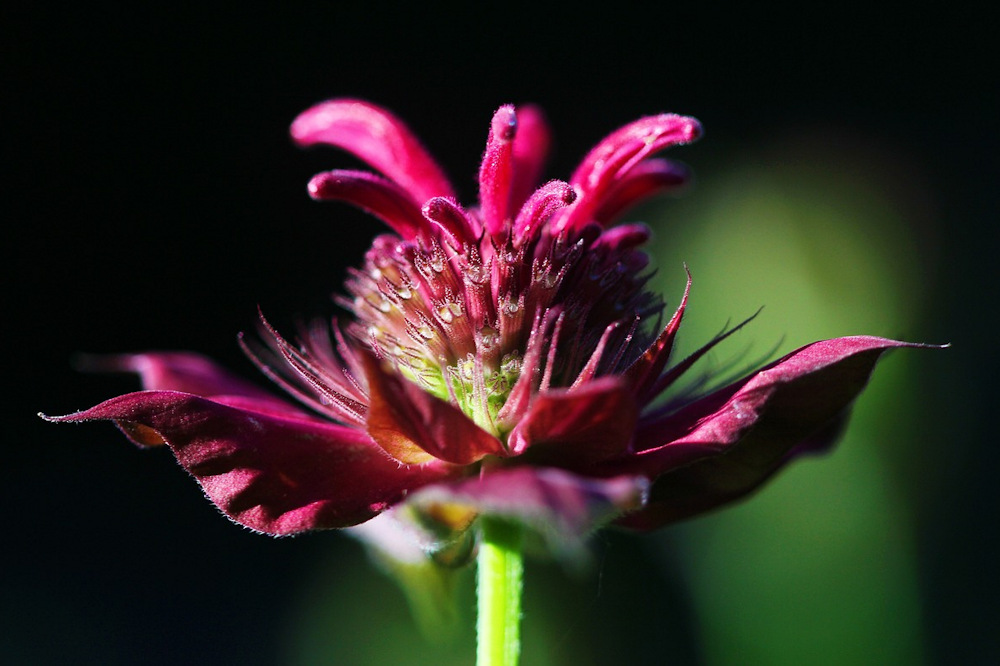
Companion planting
Bergamot is an excellent choice for attracting pollinators like bees and butterflies to your garden. It also acts as a companion plant for many vegetables, as it repels pests such as aphids and attracts beneficial insects.
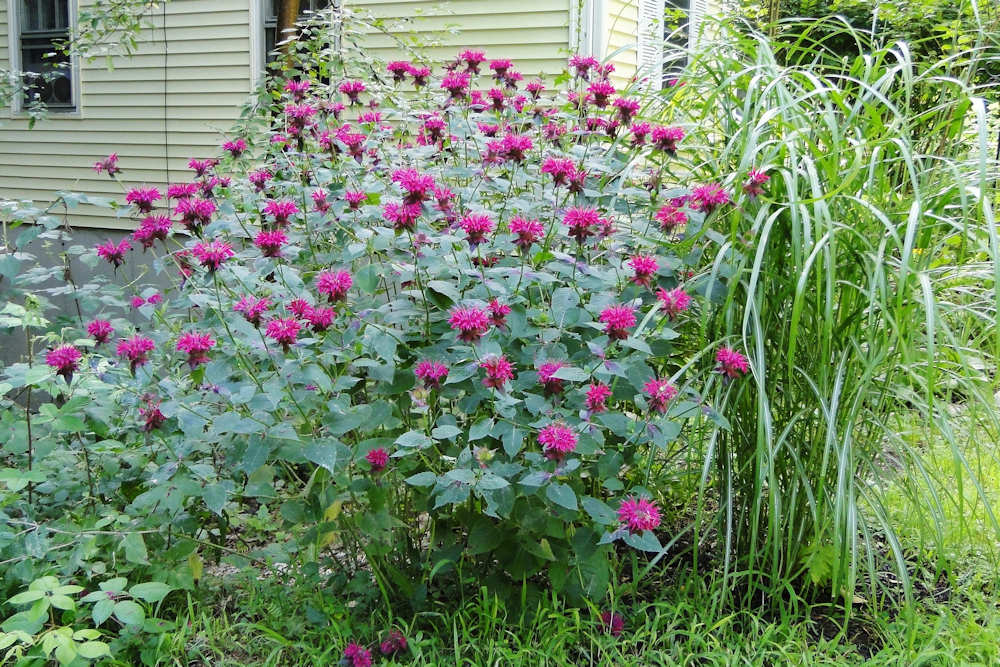
Uses
Apart from being an attractive addition to flower beds and borders, bergamot is valued for its aromatic leaves and flowers. The foliage can be used in herbal teas or as a flavoring agent, imparting a citrusy fragrance. The flowers are also edible and can be used in salads or as a garnish.
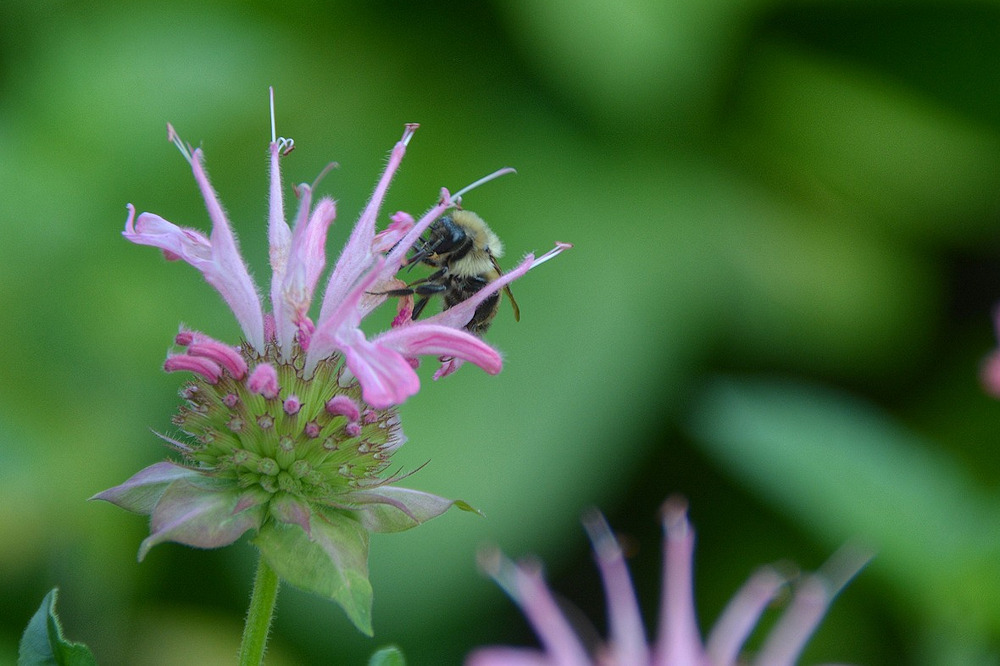
Cultivars
There are numerous cultivars of Monarda available, offering a wide range of flower colors, including shades of red, pink, purple and white. Some popular cultivars include ‘Jacob Cline,’ ‘Raspberry Wine’ and ‘Prairie Gypsy.’
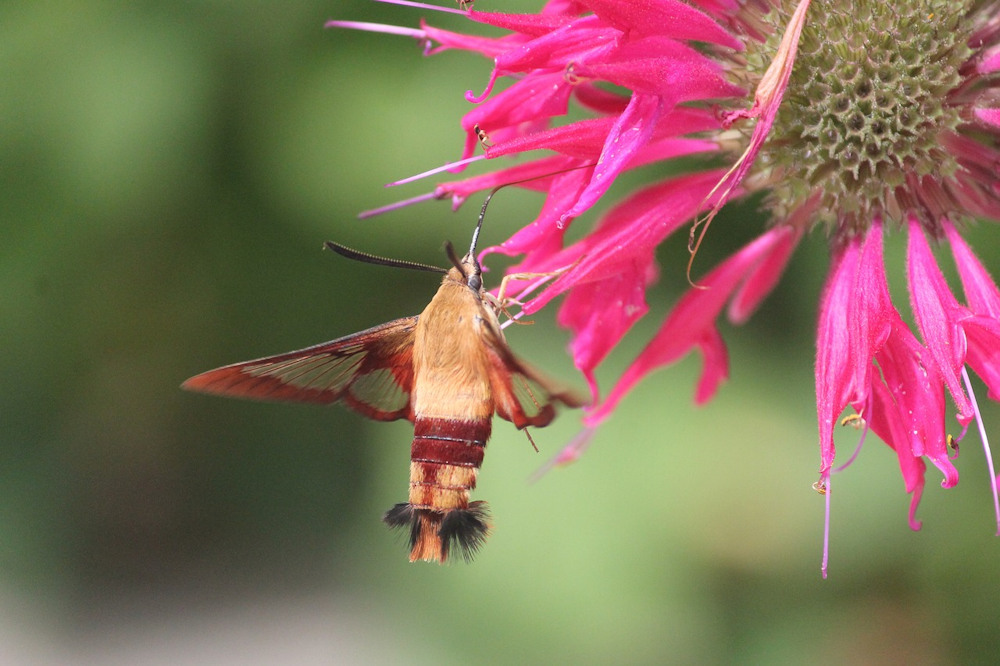
Bergamot is generally a low-maintenance plant that brings color, fragrance and wildlife to your garden. It’s a wonderful choice for beginner gardeners looking to add beauty and biodiversity to their outdoor space.




